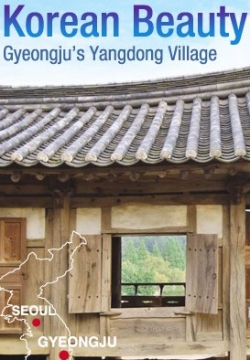Aug 2010 World Heritage Nuevos Tesoros de la Humanidad Unesco seleziona 15 nuovi siti Patrimonio mondiale Umanita Pacifico Oriente Europa
 Aug 2010 World Heritage Nuevos Tesoros de la Humanidad Unesco seleziona 15 nuovi siti Patrimonio mondiale Umanita Pacifico Oriente Europa
Aug 2010 World Heritage Nuevos Tesoros de la Humanidad Unesco seleziona 15 nuovi siti Patrimonio mondiale Umanita Pacifico Oriente Europa WORLD HERITAGE TOP 15 YEAR 2010
In Europa Albi (Citta medievale - Francia) Amsterdam ( Olanda - i canali d acqua )
At-Turaif e ad-Diriyah (Arabia Saudita),
Spiagge Australia / coastal strip from which the Aboriginal peoples were then forced back, mainly around Sydney and in Tasmania, as well as on Norfolk Island and in Fremantle
Dengfeng (China),
Hahoe e Yangdong (Corea),
The Jantar Mantar, in Jaipur, is an astronomical observation site built in the early 18th century (India),
Kanegah e Ardabil (Iran),
Tabriz (Iran),
Regione montuosa Central Highlands of Sri Lanka
Sarazm (Tadjikistan),
Ngorongoro Conservation Area (Tanzania),
Bikini Atoll (Marshall Islands USA) In the wake of World War II, in a move closely related to the beginnings of the Cold War, Usa decided to resume nuclear testing in the Pacific Ocean, on Bikini Atoll in the Marshall archipelago.
Papahanaumokuakea (USA) is a vast and isolated linear cluster of small, low lying islands and atolls, with their surrounding ocean, roughly 250 km to the northwest of the main Hawaiian Archipelago and extending over some 1931 km.
Thang Long-Hanoi (Vietnam),
- - - - - - - -
- - - - - - - -
2 Korean folk villages Hahoe, left, and Yangdong have been designated as UNESCO World Heritage sites during the 34th session of the World Heritage Committee which is taking place in Brasilia, Brazil, from July 26 to Aug. 3.
The villages became the nations 10th UNESCO-registered treasures
Historic Villages of Korea Hahoe and Yangdong were founded in the 14th-15th centuries and are seen as the 2 most representative historic clan villages in the Republic of Korea.
Their layout and location, sheltered by forested mountains and facing out onto a river and open agricultural fields, reflect the distinctive aristocratic Confucian Culture of the early part of the Joseon Dynasty (1392-1910).
Other UNESCO-registered treasures in Korea are the Depositories for the Tripitaka Koreana Woodblocks (1995), Jongmyo Shrine (1995), Seokguram Grotto and Bulguksa Temple (1995) the Changdeok Palace Complex (1997), Haeinsa Temple Janggyeong Panjeon and Hwaseong Fortress (1997), Gochang, Hwasun and Ganghwa Dolmen Sites (2000), Gyeongju Historic Areas (2000), and the Royal Tombs of the Joseon Kingdom (2009).
www.2011daegu.org www.korea.net www.visitkorea.or.kr
www.korea.net
www.visitkorea.or.kr

 ">
"> Airport & Airlines
Airport & Airlines Art
Art  Asia & Balcani
Asia & Balcani  Berlin Dus Koln Messen
Berlin Dus Koln Messen Cina
Cina classical oper dance
classical oper dance Concert & Tours
Concert & Tours Conference & Congress
Conference & Congress Cruise & Logistic
Cruise & Logistic Deutschland
Deutschland Euro Med
Euro Med Fairs & Festivals
Fairs & Festivals Flor Vivai & Parks
Flor Vivai & Parks GDO & Shopping map
GDO & Shopping map  Gourmet
Gourmet Hotel / Resort / B&B
Hotel / Resort / B&B Italian Districts
Italian Districts  Medicine & sanita
Medicine & sanita Olive Oil & Wines
Olive Oil & Wines Russia
Russia Sagre & Food
Sagre & Food Sport
Sport Top News
Top News Twins & more
Twins & more Art
Art
Commenti
Devi eseguire il Login per pubblicare un commento
Questo articolo non e' ancora stato commentato